Kostic Z.
We evaluate the performance of recently proposed dynamic frequency hopping (DFH) when applied to cellular systems with a limited total bandwidth. We also illustrate a practical implementation for DFH deployment using network-assisted resource allocation (NARA). The performance evaluation is accomplished by system-level simulations of a system with 12 carriers and 1/1 frequency reuse, based on the EDGE-Compact pecification. Voice-only circuit-switched operation is assumed. Fading channel, multicell interference, voice activity, and antenna sectorization are modeled. We present the performance of dynamic frequency hopping compared to random frequency hopping and fixed channel assignment by showing distributions of word error rates. Sensitivity to occupancy, Rayleigh fading assumptions, number of carriers, voice activity, and easurement errors are studied. We also compare the uplink and downlink performance. The results indicate that DFH can significantly improve the performance compared to random frequency hopping. For example, at a 2%frame error rate with 90% coverage, the capacity improvement of DFH is almost 100% when compared with fixed channel assignment, and about 50% when compared to random frequency hopping. The amount of improvement for the uplink direction is smaller than the improvement for the downlink direction, especially for higher occupancies. | |
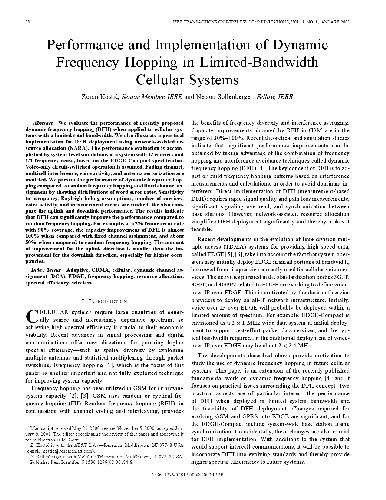
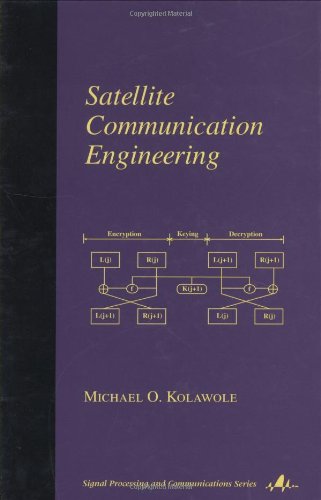
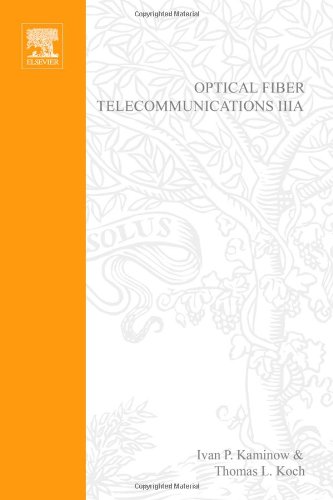
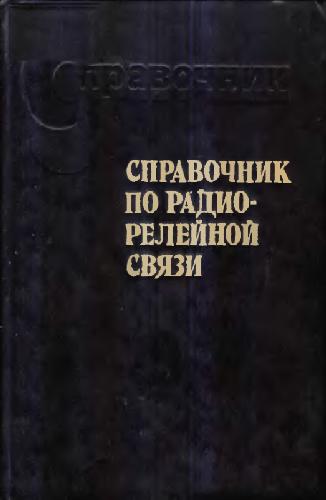

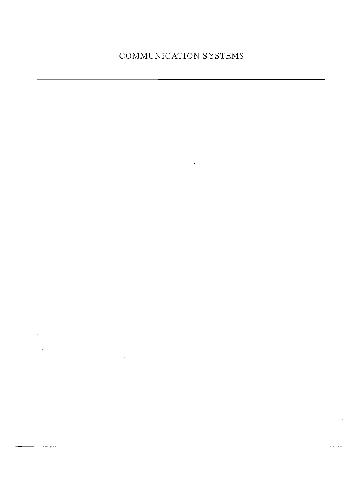

Reviews
There are no reviews yet.